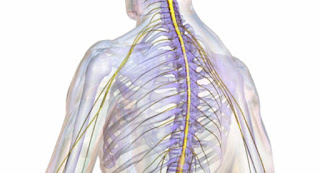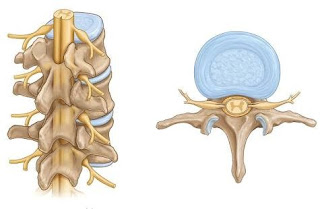Modified silk from Asian wild silkworms could be used in a strategy to repair damaged spinal cords, according to scientists. Cleaned, sterilised silk from the Antheraea pernyi (AP) silk spinner had properties well suited to spinal repair.
Presently there is no cure for serious spinal cord trauma because spinal nerves are unable to cross the scar tissue barrier and the cavity that forms in the cord after the injury. The modified silk would be a ‘scaffold’ that bridges the spinal injury cavity, supporting nerve growth across damaged region.
Modified silk from Asian wild silkworms could be used in a strategy to repair damaged spinal cords, according to scientists. Cleaned, sterilised silk from the Antheraea pernyi (AP) silk spinner had properties well suited to spinal repair.
Scientists discovered that the modified AP silk had important properties desirable in a scaffold suitable for spinal repair. It has the correct rigidity: if it is too rigid it can harm the surrounding spinal cord tissue but if it is too soft the nerves would fail to grow across it.
The AP silk has a repeated “RGD” chemical sequence on its surface that binds to receptors on the nerve cells, encouraging them to attach to the material and grow along it. The AP silk did not trigger a response by the immune system cells that would be present in the spinal cord, therefore minimising inflammation.
AP silk degrades gradually over time. So, after it has supported the early growth of nerves across the injury site the material dissolves gradually and these pioneer nerves take over the role as scaffold, supporting further nerve growth.




